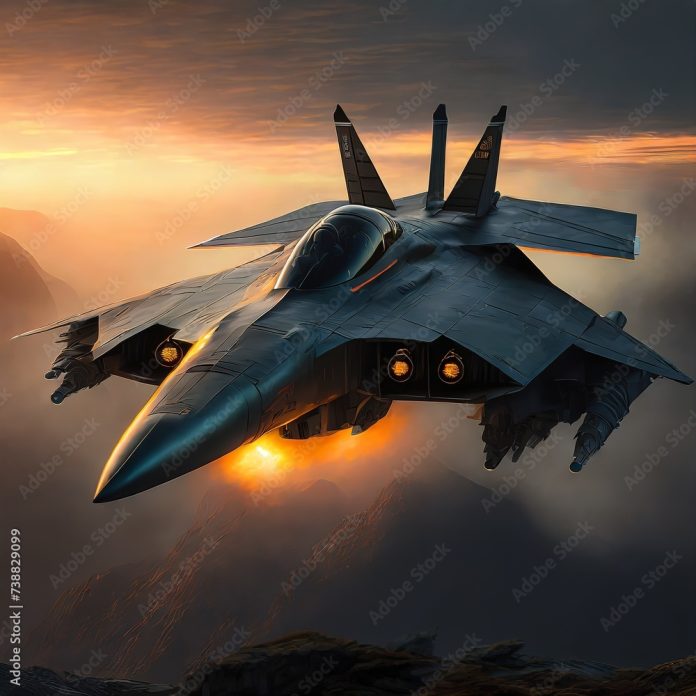
The future of U.S. air dominance has a new face and it’s called the B-21 Raider. This sixth-generation stealth bomber, shrouded in secrecy, has now taken to the skies as part of its rigorous flight-testing program at Edwards Air Force Base, California.
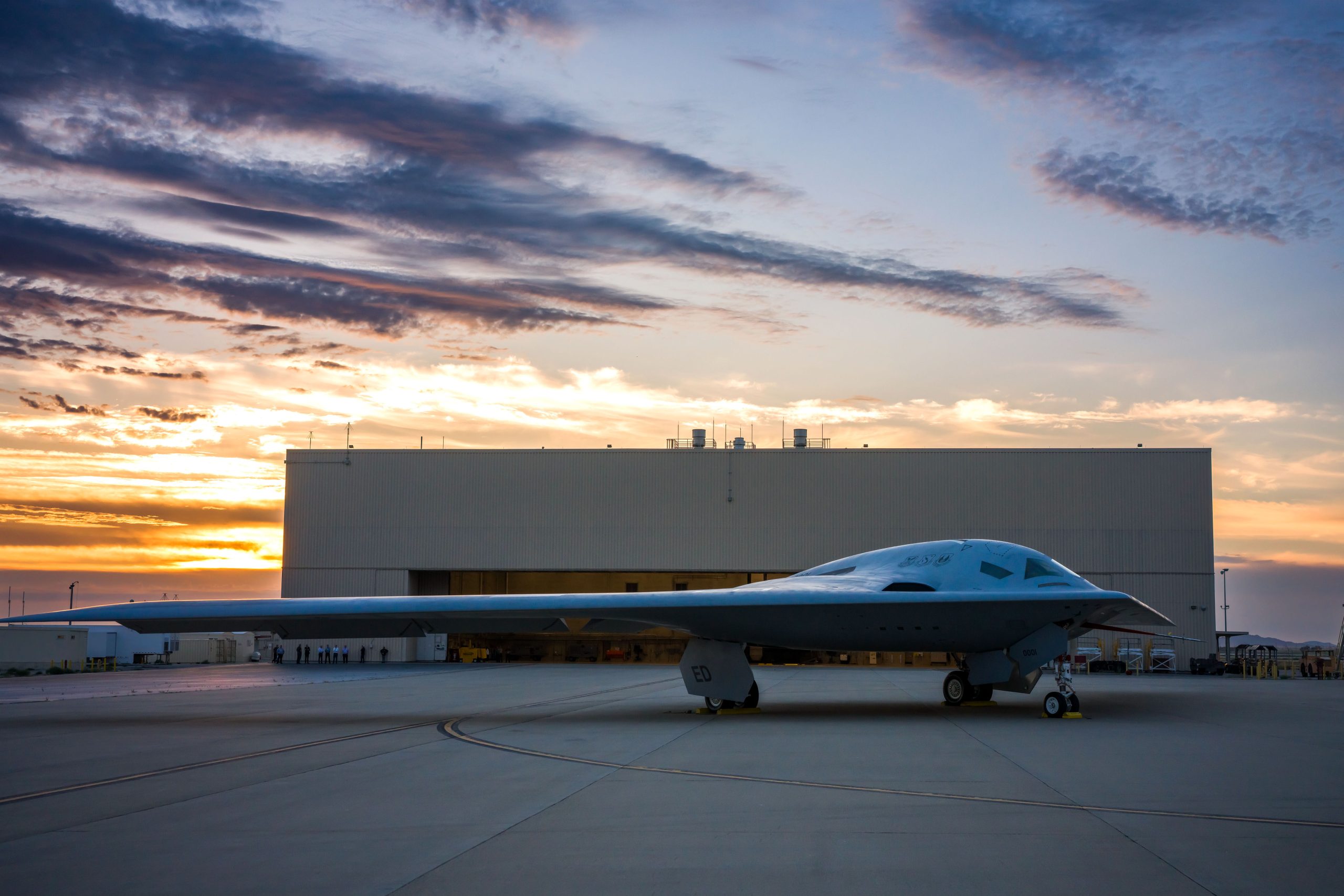
For enthusiasts with an eye on military aviation and advanced technology, the development and capabilities of the B-21 present a compelling narrative of innovation and strategy.
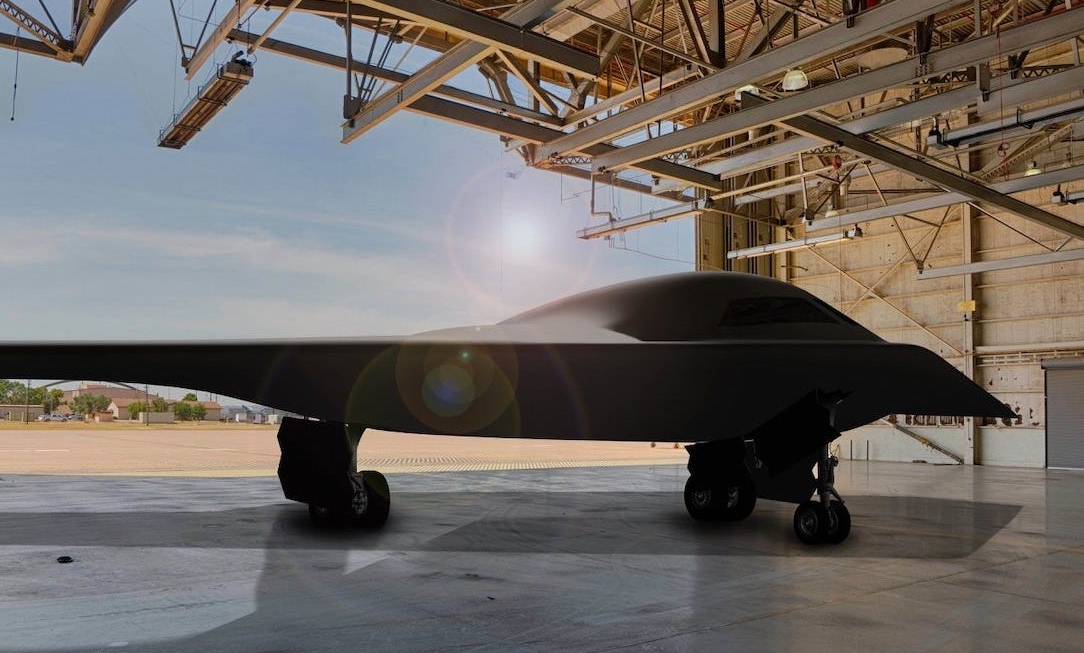
The first glimpse of the B-21 Raider in flight was captured in a photo released by the Air Force, showcasing the bomber’s sleek and enigmatic design.

This test flight image, taken on January 17, 2024, marks a significant milestone in the aircraft’s progression from concept to a commanding presence in the sky. A recent confirmed flight on April 4, 2024, along with other rumored flights in late March, suggests a steady advance in the program.

Andrew Hunter, the Air Force’s Service Acquisition Executive, speaking to the Senate Committee on Armed Services, revealed, “We are in the flight test program, the flight test program is proceeding well.”

His words echo the confidence of a program that has integrated advanced digital tools like digital twins and computational fluid dynamics (CFD) in its design process, reducing errors and accelerating the development timeline.

Notably, the Air Force Rapid Capabilities Office is taking a non-traditional approach by building test aircraft on the same production line with the same tools and personnel intended for the final production.

This method is not only expected to facilitate a quicker start to mass production but also enables the conversion of test aircraft into operational units after the testing phase.

The B-21 Raider stands out with its “open systems architecture,” allowing for swift integration of cutting-edge technologies to maintain its edge against evolving threats.

Expected to enter service in the mid-2020s, the B-21 is anticipated to bolster national security and strengthen the reassurance of U.S. allies globally.The strategic significance of the Raider extends beyond its cutting-edge capabilities.
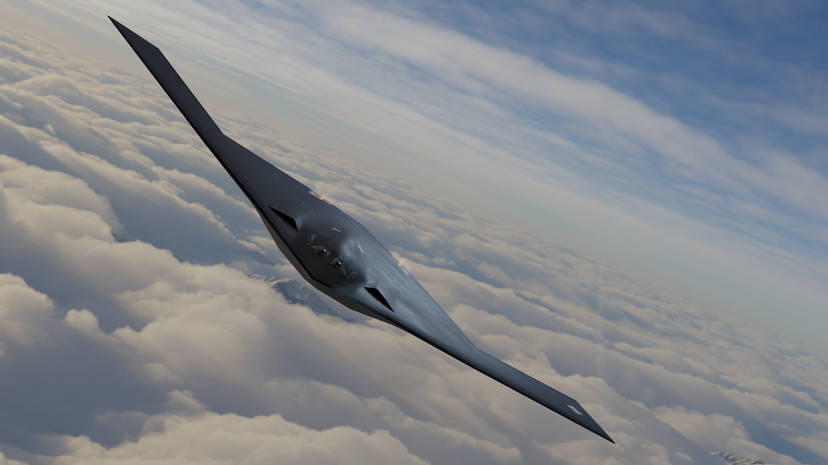
It is poised to replace the aging fleet of B-1 and B-2 bombers gradually, with a minimum of 100 aircraft planned for production. This modern fleet will comprise a mix of B-21As and updated B-52Js, forming the backbone of America’s future bomber force.
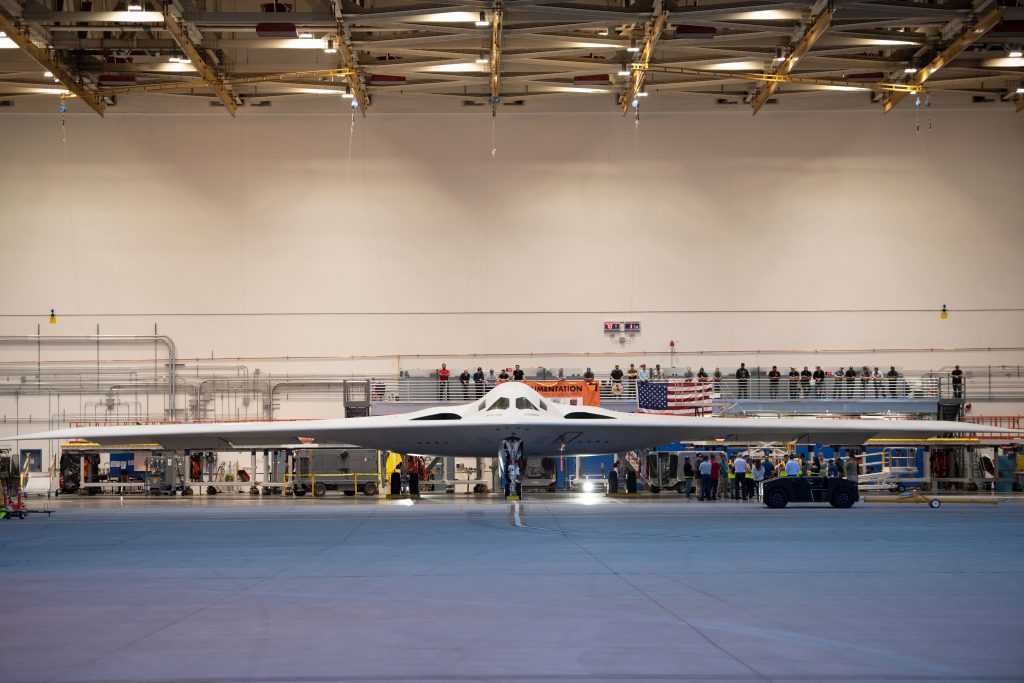
With an estimated average unit cost of $692 million, as per 2022 figures, the B-21 is a major investment in the future of U.S. military might. The Pentagon has reportedly awarded a contract for the Low-Rate Initial Production of the B-21, covering up to 21 aircraft.

Gen. David W. Allvin, U.S. Air Force Chief of Staff, indicated the possibility that the acquisition of the B-21 Raiders may be limited to 100 units as newer technologies could emerge.

The images of the B-21 Raider, both from the Air Force and Northrop Grumman, reveal a narrow, 2-D exhaust design aimed at reducing the bomber’s infrared signature and radar profile.
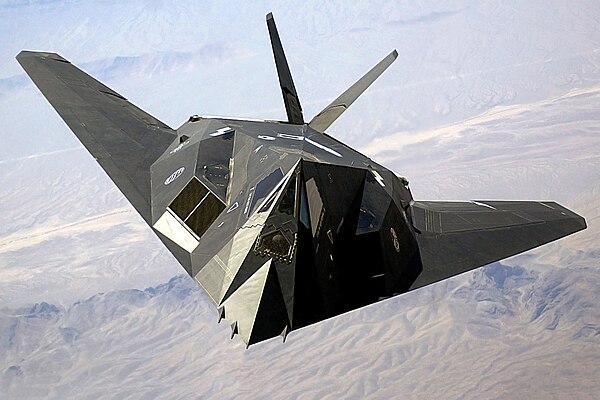
The absence of blackening around the exhaust, as seen on earlier stealth aircraft like the F-117 and B-2, suggests innovative measures to cool the exhaust before discharge.
Relevant articles:
– U.S. Air Force Releases First Photo Of B-21 Raider Bomber In Flight, The Aviationist
– What the Air Force’s New B-21 Photos Show About the Raider, Air & Space Forces Magazine
– New pictures of the US Air Force’s newest stealth bomber — the B-21 Raider — just dropped as flight testing continues, Yahoo News Singapore
– Photos: US shows off world’s first 6th gen aircraft B, Interesting Engineering
